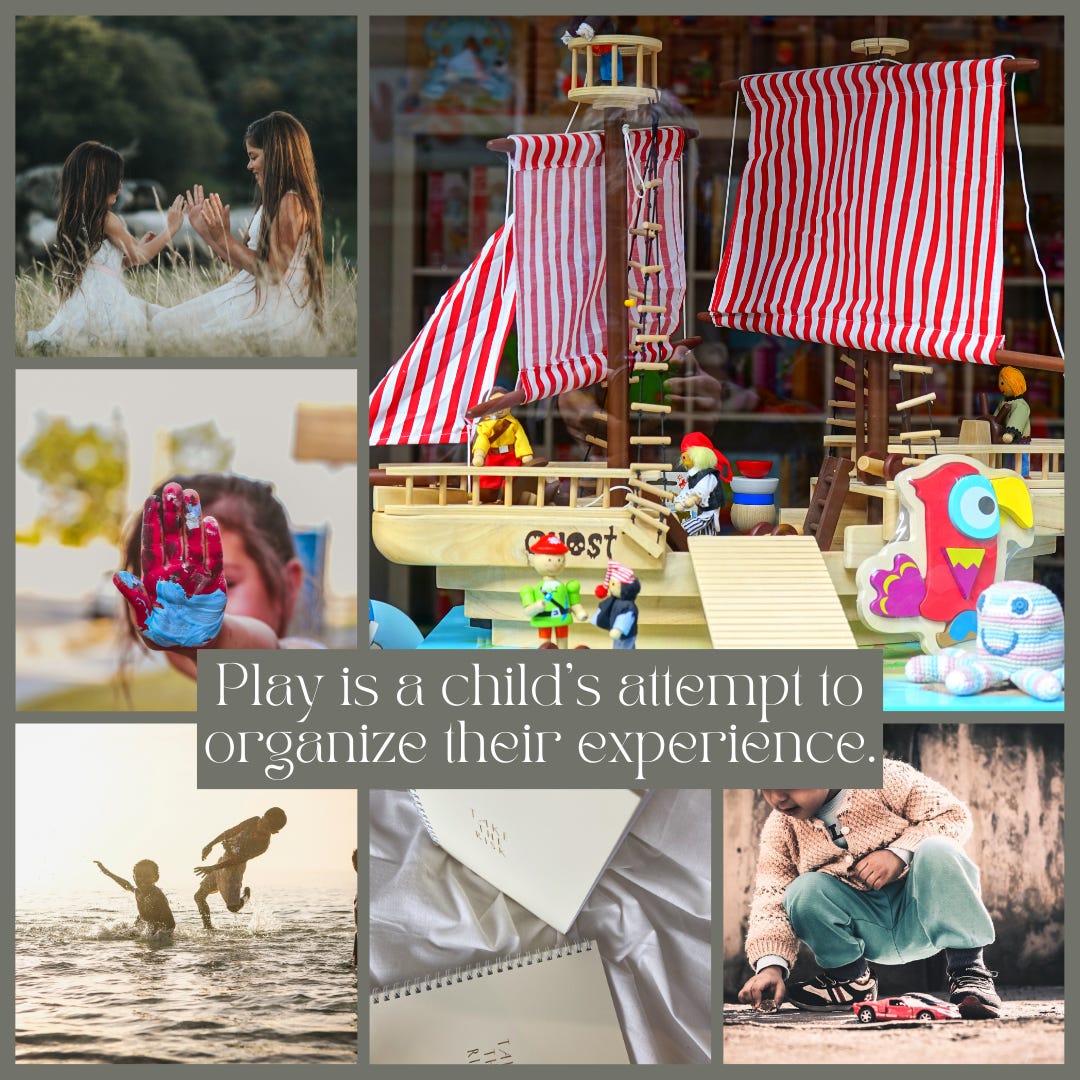Hide-and-seek is a universal game enjoyed by children across different cultures and ages. It reflects the ongoing interaction of separation and reunion that begins in infancy. As children develop emotionally, they transition from infancy to toddlerhood and eventually to childhood, engaging in various play activities such as peekaboo, chasing, and hide-and-seek (Allan & Pare, 1997). These games help children navigate developmental challenges, allowing them to experience loss and learn how to manage the dynamics of separation and reunion while forming close relationships with others. Furthermore, games like peekaboo and hide-and-seek help children transition from relying on the physical presence of their caregivers to developing mental representations of them that they can recall when the caregivers are not around.
Hide & Seek in the Playroom
Play is an attempt for a child to organize their experience. Play Therapy offers a therapeutic space for children to discover the unconscious on their own. Children have a natural tendency toward their growth and healing. All we (play therapists) have to do is provide them with the therapeutic space and setup, and children play out what needs to be reworked or overcome. This is precisely why the play therapist does not actively need to introduce anything to the child for them to initiate hide-and-seek themes in the playroom.
Attachment & Loss
The presence of repetitive hide-and-seek in play therapy suggests the child may have experienced an inability to master the developmental task of emotional (object) constancy, has a break in attachment where the child does not feel wanted or desired, or the presence of weak attachment bonds. According to Mahler (1976), a major task of childhood is achieving emotional and object constancy. Emotional constancy is the ability to have an inner conviction of being ‘me and no one else’ while also respecting and valuing the separateness of others. Achieving emotional constancy enhances one's ability to manage emotions during change or in response to anger, disappointment, and frustration. Hide-and-seek is essentially the child’s attempt to overcome and work through interpersonal/separation anxiety.
Hide-and-seek theme: Predominant response pattern
Children play out variations of the hide-and-seek theme in the playroom depending on the attachment concerns they are struggling to overcome and their individual needs. Sometimes, children fixate on a specific response pattern while playing hide-and-seek. These patterns can offer the play therapist valuable insights into the underlying messages and emotions the child is trying to address.
Predominant response pattern during hide and seek in the playroom & potential deeper meanings (Allan & Pare, 1997):
1. Wanting to be the seeker: striving for and seeking control (child believes it is best when they are in control)
2. Jumps out or can’t stand to stay hidden: unable to sit with tensions, anxiety of aloneness (child fears no one will notice or find them)
3. Staying hidden/Doesn’t want to be found: avoidance of intimacy, anger (child doesn’t want anyone to get close)
4. Playing hide and seek endlessly: Issues with an internal sense of gratification (child doesn’t believe or finds it hard to believe others care)
Power of Play
Hide-and-seek symbolizes the universal human desire to be seen and heard. Play therapy offers children a chance to explore, restore, and practice the concerns that occupy their inner world. Engaging in hide-and-seek with the play therapist helps the child manage anxiety, while also fostering a sense of mastery and reinforcing their self-worth.





So true. Thanks for posting this. It serves a great reminder behind the purpose of the game.
Very timely; 2 clients today were insistent on me seeking items in sand tray that they would hide. I have learned to not underestimate or minimize the meaning or impact of this game when initiated by the client.